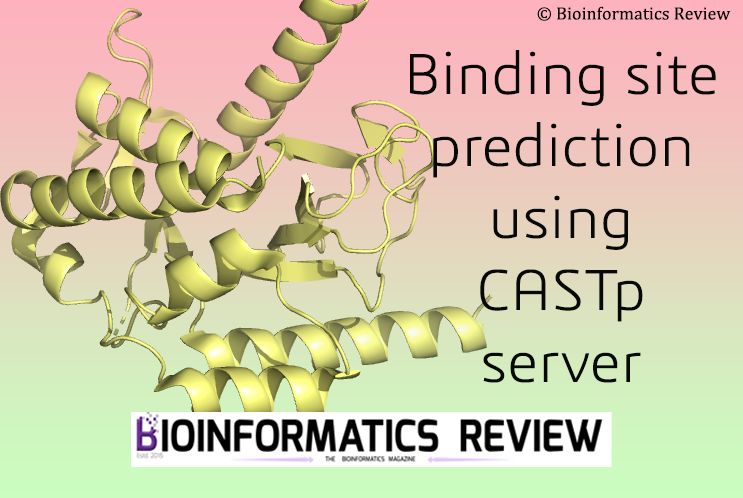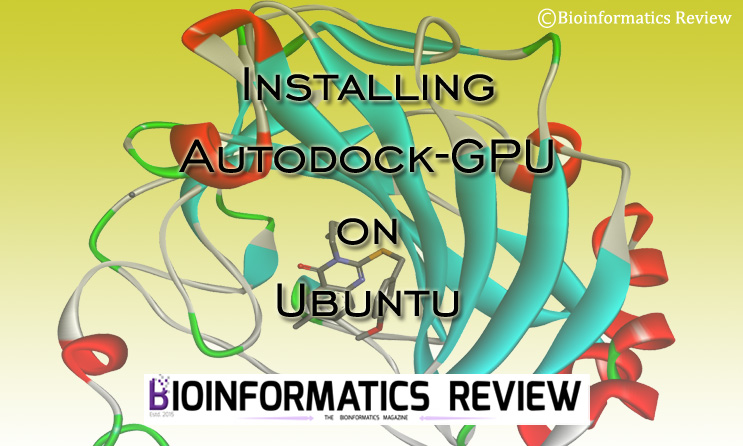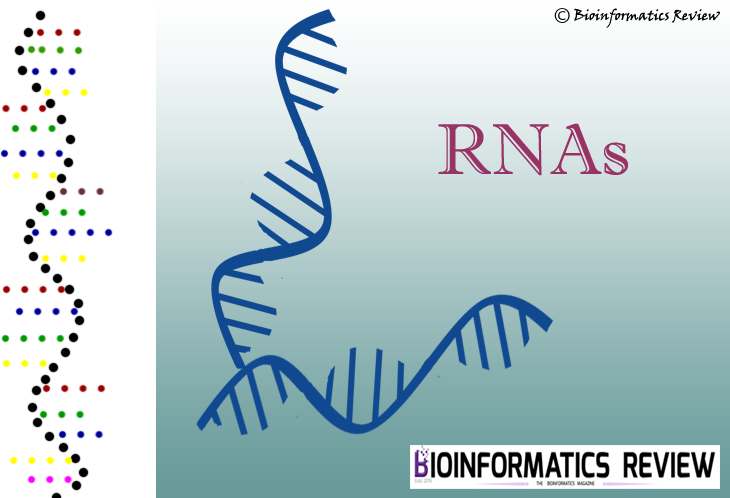The CASTp server allows you to predict the binding sites in a protein [1]. In this article, we will predict binding sites in a protein using the same.
We are predicting binding pocket using the latest version of the CASTp server (CASTp 3.0). It is accessible at http://sts.bioe.uic.edu/castp/. You can either provide a PDB code of your protein structure or upload your own.
- On the homepage of the CASTp server, click on the ‘Calculation’ tab.
- Upload your structure in PDB format by clicking on ‘FILE’.
- Adjust the probe radius. The probe radius is like a tiny ball we use to see which part of the protein touches water. Consider protein as a jigsaw puzzle having various grooves on its surface. You want to know which pieces of the puzzle (or protein) stick out and are in contact with water. Now roll a tiny ball over the puzzle to see which parts of the puzzle (or protein) are exposed and can interact with water. The default value for probe radius is 1.4 Angstroms. We are leaving it at the default value.
- If you wish, you can enter your email address to receive the results by email.
After the job is finished, it will show you the pocket in red color by default. You can change it by clicking on “Show Pockets”.
CASTp will predict a few pockets that you can visualize by clicking on “Show Pockets”. But the best-scoring pocket will be the first one. It will also display the interactive sequence of the protein structure. You can map these residues on the displayed 3D structure. Further, you can also download your results and analyze them using PyMOL (for more information, read this article).
- Tian, W., Chen, C., Lei, X., Zhao, J., & Liang, J. (2018). CASTp 3.0: computed atlas of surface topography of proteins. Nucleic acids research, 46(W1), W363-W367.





